Nursing Mnemonics & Study Tips: Therapeutic Drug Levels
Therapeutic drug monitoring refers to the individualisation of dosage by maintaining plasma or blood drug concentrations within a target range (therapeutic range, therapeutic window).
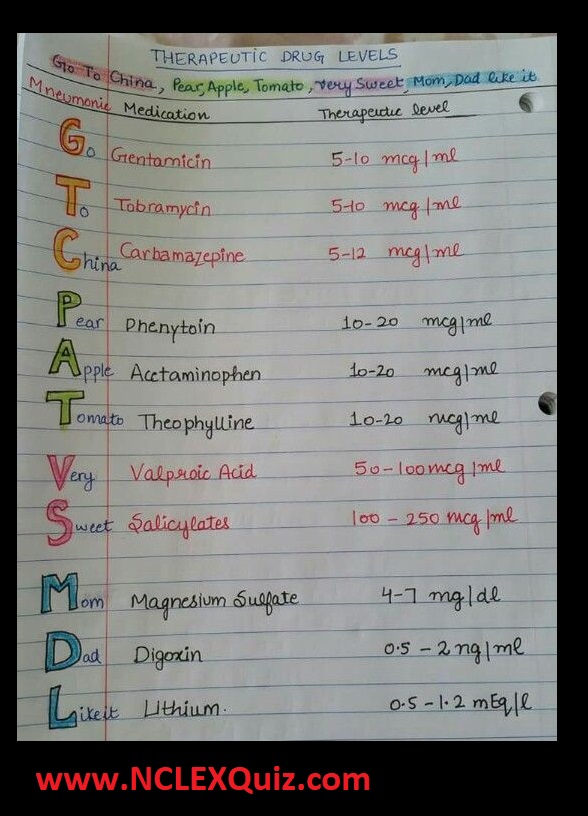

Therapeutic drug monitoring refers to the individualisation of dosage by maintaining plasma or blood drug concentrations within a target range (therapeutic range, therapeutic window).

Nursing Mnemonics: Neurotransmitters for Mental health nursing, Psychiatric nursing and Nursing students.
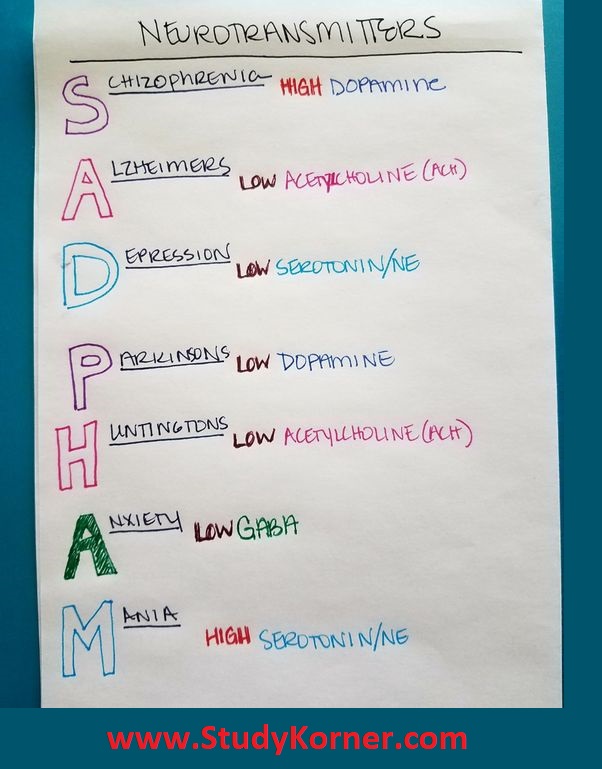
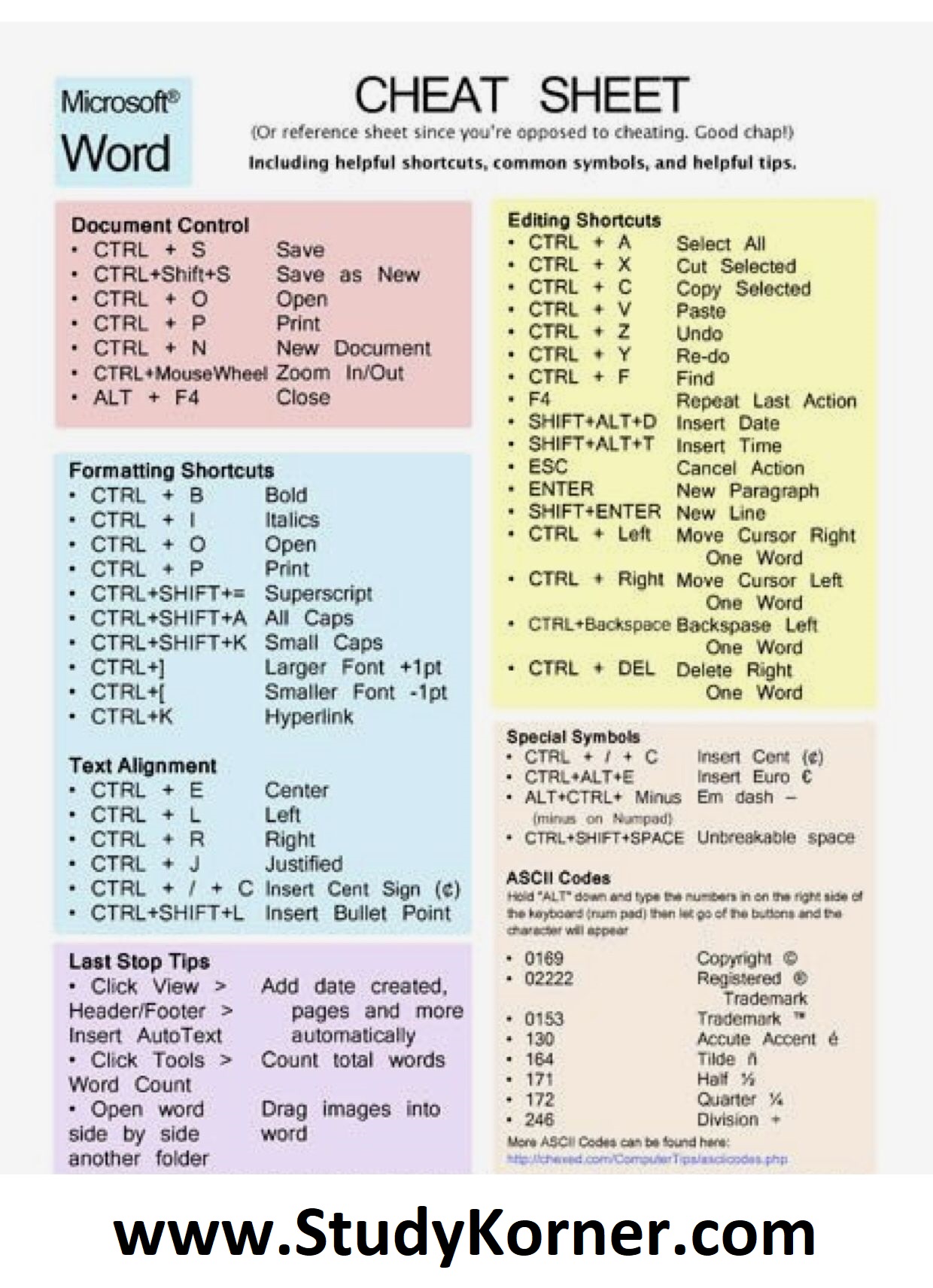
Microsoft Word is the perfect way of getting thoughts down on (digital) paper, no matter whether they are project drafts or to-do lists. Microsoft provides a large number of keyboard combinations that make using the word processing program that bit easier.

[purchase_link id=”21396″ style=”button” color=”white” text=”Purchase”]
A high yield, on-shift resource to help Emergency Department providers spot subtle, high-risk ECG findings including Brugada, WPW, HCM, and ARVD.
Use this card as a checklist to methodically ensure you are not missing any electrocardiographic evidence of red-flag conditions.
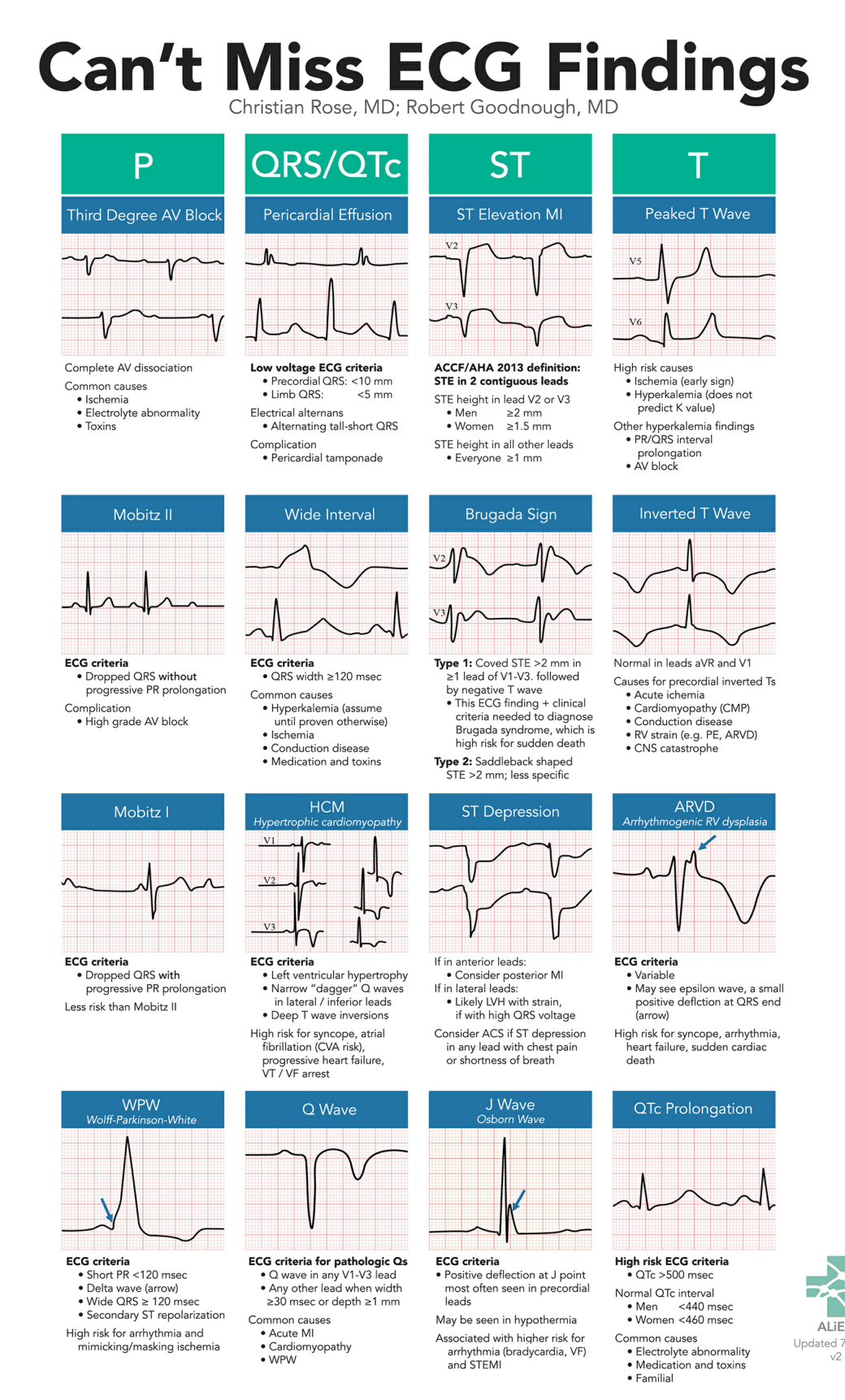
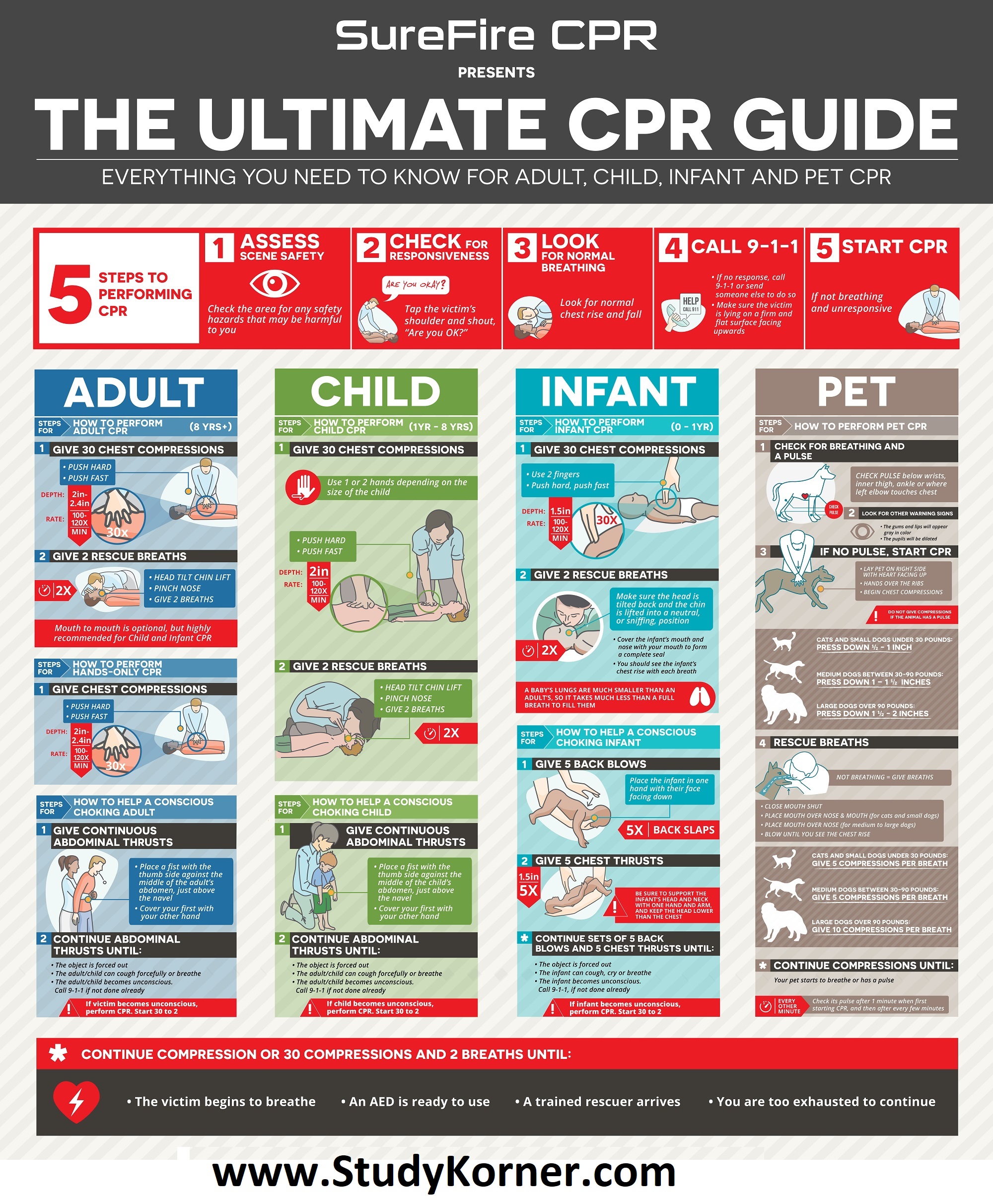
Everything You Need to Know For Adult Child Infant & Pet CPR
5 STEPS TO PERFORMING CPR
1. Assess Scene Safety
Check the area for any safety hazards that may be harmful to you.
2. Check for Responsiveness
Tap the victim’s shoulder and shout, “Are you OK”
3. Look for Normal Breathing
Look for Normal Breathing
4. Call 9-1-1
If no response, call 9-1-1 or send someone else to do so
Make sure the victim is lying on a firm and flat surface facing upwards
5. Start CPR
If not breathing and unresponsive

STEPS FOR HOW TO PERFORM ADULT CPR
STEPS FOR HOW TO PERFORM CHILD CPR (1YR-8YR)
STEPS FOR HOW TO PERFORM INFANT CPR
STEPS FOR HOW TO PERFORM PET CPR